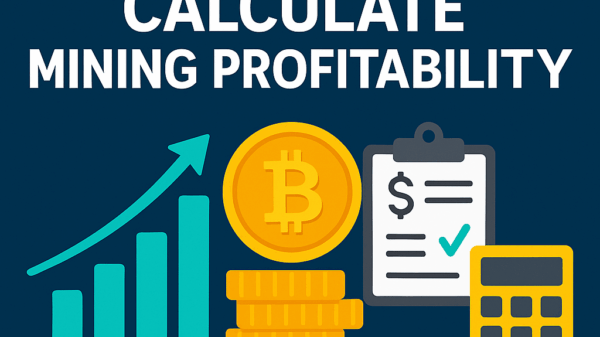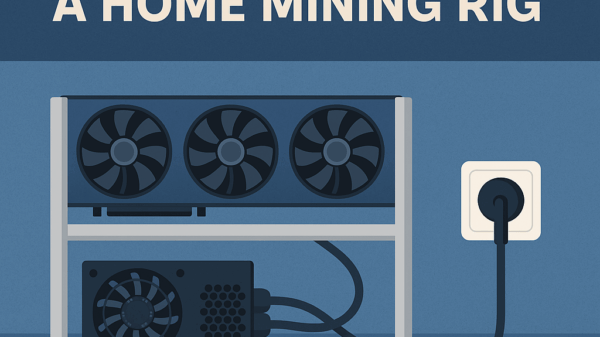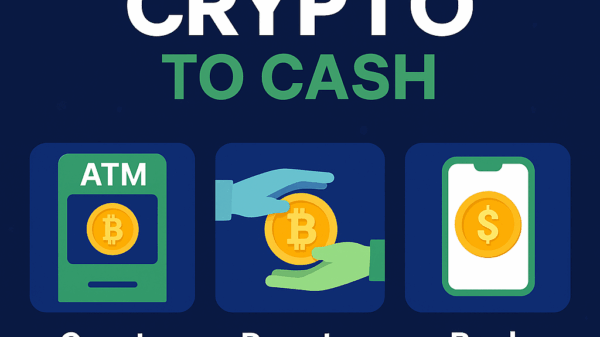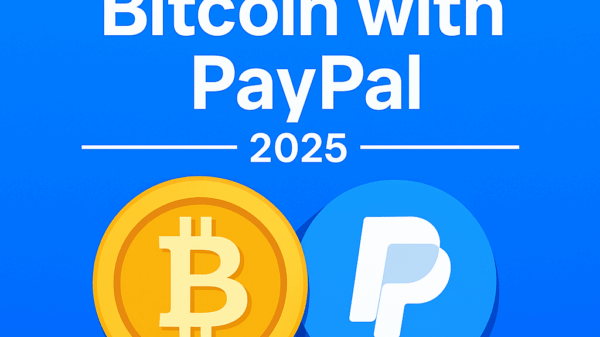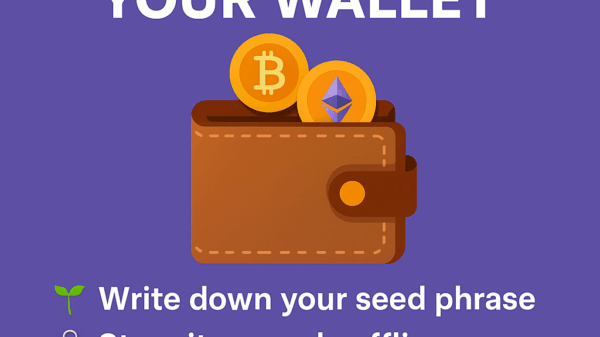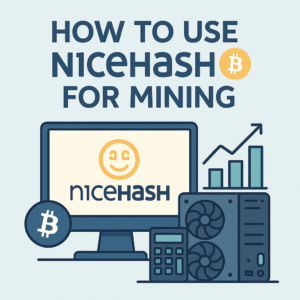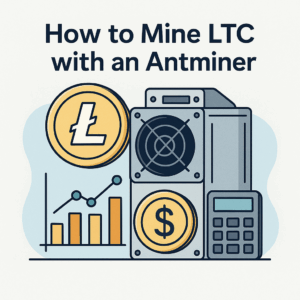How to Sell Mined Coins
By Jason Miller – Crypto Writer 10.expert 🧠 Covering Bitcoin, altcoins, blockchain & Web3.
As a crypto writer and analyst based in the U.S., I’ve seen many miners successfully navigate the exhilarating journey of extracting digital assets from the blockchain. But the real “aha!” moment for most comes when they learn how to convert those mined coins into usable value – whether it’s fiat currency for bills, stablecoins to preserve value, or other cryptocurrencies for further investment. This “off-ramp” process is crucial for realizing your mining efforts.
Selling mined coins isn’t just a simple transaction; it involves strategic considerations around timing, fees, security, and critically, tax implications. The choices you make can significantly impact your net earnings. In 2025, the ecosystem for converting crypto to fiat is more robust than ever, but understanding the nuances is key.
Let’s explore how to effectively sell your mined coins.
How to Sell Mined Coins: From Digital Dust to Real-World Value 💰🔄
You’ve put in the work, the electricity, and the hardware. Now it’s time to convert your mined crypto into something tangible. Here’s how to do it efficiently and smartly.
Understand Your Payouts: From Pool to Wallet ⛏️➡️👛
- Mining Pool Payouts: Most mining pools will automatically send your accumulated coins to the wallet address you configured once you reach a minimum threshold.
- Direct to Exchange (Generally Not Recommended): While some pools allow direct payouts to exchange deposit addresses, it’s generally not recommended. It reduces your control over your funds, can complicate tax tracking, and if the exchange changes the address, you could lose funds. Always send to a wallet you control first.
- Self-Custody First: Best practice is to send mined coins to a non-custodial wallet (where you control the private keys) like a hardware wallet or a reputable software wallet.
Choose Your Exchange Wisely: Centralized (CEX) vs. Decentralized (DEX) 🌐
The primary method for selling crypto is via an exchange.
- Centralized Exchanges (CEX):
- Pros: High liquidity (easy to sell large amounts), user-friendly interfaces, often support direct fiat withdrawals to bank accounts, good for beginners. Examples: Coinbase, Kraken, Binance, Gemini, Crypto.com.
- Cons: Require KYC (Know Your Customer) verification, hold your funds (custodial), subject to hacks and regulatory scrutiny.
- Decentralized Exchanges (DEX):
- Pros: Non-custodial (you retain control of funds), no KYC (more privacy), less susceptible to central points of failure.
- Cons: Less liquidity for fiat pairs (often only crypto-to-crypto swaps), higher technical barrier to entry, fewer direct fiat off-ramps. Best for swapping mined altcoins for stablecoins or major cryptos before moving to a CEX.
Complete KYC/AML Verification on Your Chosen CEX ✅
To convert crypto to fiat on a centralized exchange, you will need to complete identity verification (KYC) and comply with Anti-Money Laundering (AML) regulations. This typically involves providing:
- Government-issued ID (passport, driver’s license).
- Proof of address (utility bill, bank statement).
- Sometimes a selfie or video verification.
Transfer Mined Coins to the Exchange ➡️
- Find Deposit Address: On your chosen exchange, navigate to the deposit section for the specific cryptocurrency you wish to sell (e.g., LTC, DOGE, BTC).
- Copy Address: Carefully copy the deposit address provided by the exchange. Double-check every character.
- Send from Your Wallet: Go to your personal wallet and initiate a send transaction to the copied exchange deposit address.
- Network Fees: Be aware of network transaction fees. Set an appropriate fee to ensure your transaction confirms in a reasonable time.
- Confirmations: Wait for the required number of network confirmations for your deposit to appear on the exchange.
Place a Sell Order 📈
Once your coins are in your exchange account:
- Navigate to Trading/Sell: Find the trading interface or a simple “Sell” button.
- Select Trading Pair: Choose the pair you want to trade (e.g., LTC/USD, DOGE/USD, BTC/USD, or BTC/USDT if converting to a stablecoin first).
- Order Type:
- Market Order: Sells your coins immediately at the best available current market price. Quick but might incur slight “slippage” for large orders.
- Limit Order: Sets a specific price at which you want to sell. Your order will only execute if the market reaches that price. Good for larger amounts or if you’re waiting for a specific price point.
- Enter Amount: Specify the amount of cryptocurrency you want to sell.
- Confirm Order: Review the details (amount, price, estimated fiat received, fees) and confirm the sell order.
Withdraw Fiat Currency to Your Bank Account 🏦
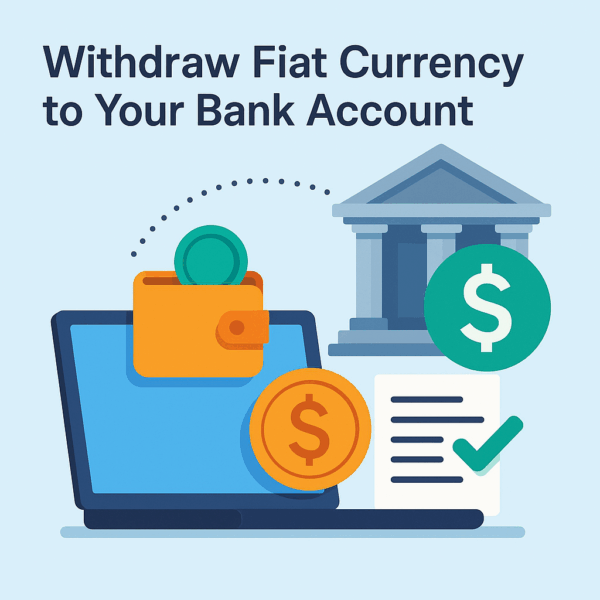
Once you’ve sold your crypto for fiat (e.g., USD, EUR):
- Select Withdrawal Method: Most exchanges support ACH (Automated Clearing House) transfers for USD, SEPA for EUR, or wire transfers for larger amounts.
- Link Bank Account: If you haven’t already, link your bank account to the exchange. This usually involves small test deposits/withdrawals or connecting via Plaid.
- Enter Amount: Specify the fiat amount you wish to withdraw.
- Confirm: Review fees and estimated arrival time, then confirm. Withdrawals can take 1-5 business days depending on the method and exchange.
Consider Stablecoins as an Interim Step USDC/USDT 🪙
If you want to “cash out” of volatile crypto but aren’t ready to withdraw to fiat, convert your mined coins to a stablecoin like USDC or USDT.
- Benefits: Price stability (pegged to USD), easy to move between exchanges, avoid potential capital gains if you hold for a short period before selling to fiat.
- Process: Sell your mined crypto for USDC/USDT on a CEX or DEX, then hold it in a wallet or on the exchange until you’re ready to convert to fiat.
Explore Alternative Off-Ramps 🚀
Beyond direct exchange withdrawals:
- Crypto Debit Cards: Cards (e.g., Coinbase Card, Crypto.com Visa Card) allow you to spend your crypto balance directly as fiat at point-of-sale or withdraw from ATMs. The exchange instantly converts crypto to fiat at the time of transaction.
- Bitcoin ATMs: Convert smaller amounts of crypto to cash. Fees can be very high (5-10% or more), and limits are often low. Only suitable for quick, small withdrawals.
- Peer-to-Peer (P2P) Platforms: Platforms like Binance P2P or Paxful allow you to sell directly to other individuals, often with more payment methods (PayPal, Venmo, local bank transfers). Requires more vigilance to avoid scams.
- OTC Desks (Over-the-Counter): For very large amounts (e.g., $100,000+), OTC desks offer personalized service, better pricing, and faster settlement, but typically have high minimums.
Understand and Track Tax Implications! 📊
This is CRUCIAL, especially in the U.S.
- Income Tax on Mined Coins: The fair market value (FMV) of the cryptocurrency you receive from mining is considered taxable income at the time of receipt. You need to record the date, amount, and USD value of every payout.
- Capital Gains/Losses on Sale: When you later sell those mined coins (or exchange them for another crypto), it’s a taxable event for capital gains or losses. Your cost basis for these coins is their FMV at the time you received them as mining income.
- Short-Term Gains: If you hold for less than a year before selling, taxed at your ordinary income rate (generally higher).
- Long-Term Gains: If you hold for more than a year before selling, taxed at a lower capital gains rate.
- Record Keeping: Maintain meticulous records of all mining rewards, their USD value at receipt, and all sale transactions. Use crypto tax software (e.g., CoinTracker, Koinly, TokenTax) to help.
Factor in Fees 💲
- Mining Pool Fees: Paid before you receive coins.
- Blockchain Transaction Fees: Paid when moving coins from your wallet to an exchange.
- Exchange Trading Fees: Paid when you execute a buy/sell order on the exchange.
- Fiat Withdrawal Fees: Paid when you withdraw fiat to your bank account.
- Know all fees to calculate your true net profit.
Timing the Market (If You Dare) ⏱️
- While impossible to perfectly time, monitor market conditions. Selling into a strong bull run can maximize profits, while selling in a bear market might lead to losses (or loss harvesting for tax purposes).
- Avoid selling during periods of high network congestion to minimize transaction fees.
Security Considerations 🔒
- Wallet Security: Always use strong, unique passwords and 2FA on your exchange accounts and personal wallets.
- Phishing Scams: Be vigilant against phishing attempts. Always verify URLs before entering credentials.
- Small Test Transactions: For large transfers, send a small test amount first to confirm the address is correct before sending the full amount.
Don’t Put All Your Eggs in One Basket 🧺
- Avoid keeping all your mined coins or fiat on a single exchange. Diversify your holdings across multiple reputable platforms and secure personal wallets.
Consider Automating Sales (DCA) 🤖
- Some exchanges or third-party services allow you to set up recurring sell orders (e.g., sell $100 worth of BTC every week). This “Dollar Cost Averaging” (DCA) strategy can smooth out volatility and reduce the stress of trying to time the market.
Document Everything for Audits 📝
- Beyond tax purposes, keeping a comprehensive record of your mining income, expenses (electricity, hardware, maintenance), and sale transactions is good practice for personal finance and potential audits.
Selling your mined coins is the final, crucial step in completing your mining cycle. By approaching it with a clear strategy, an eye on fees, and a thorough understanding of tax implications, you can successfully convert your digital efforts into tangible rewards.


